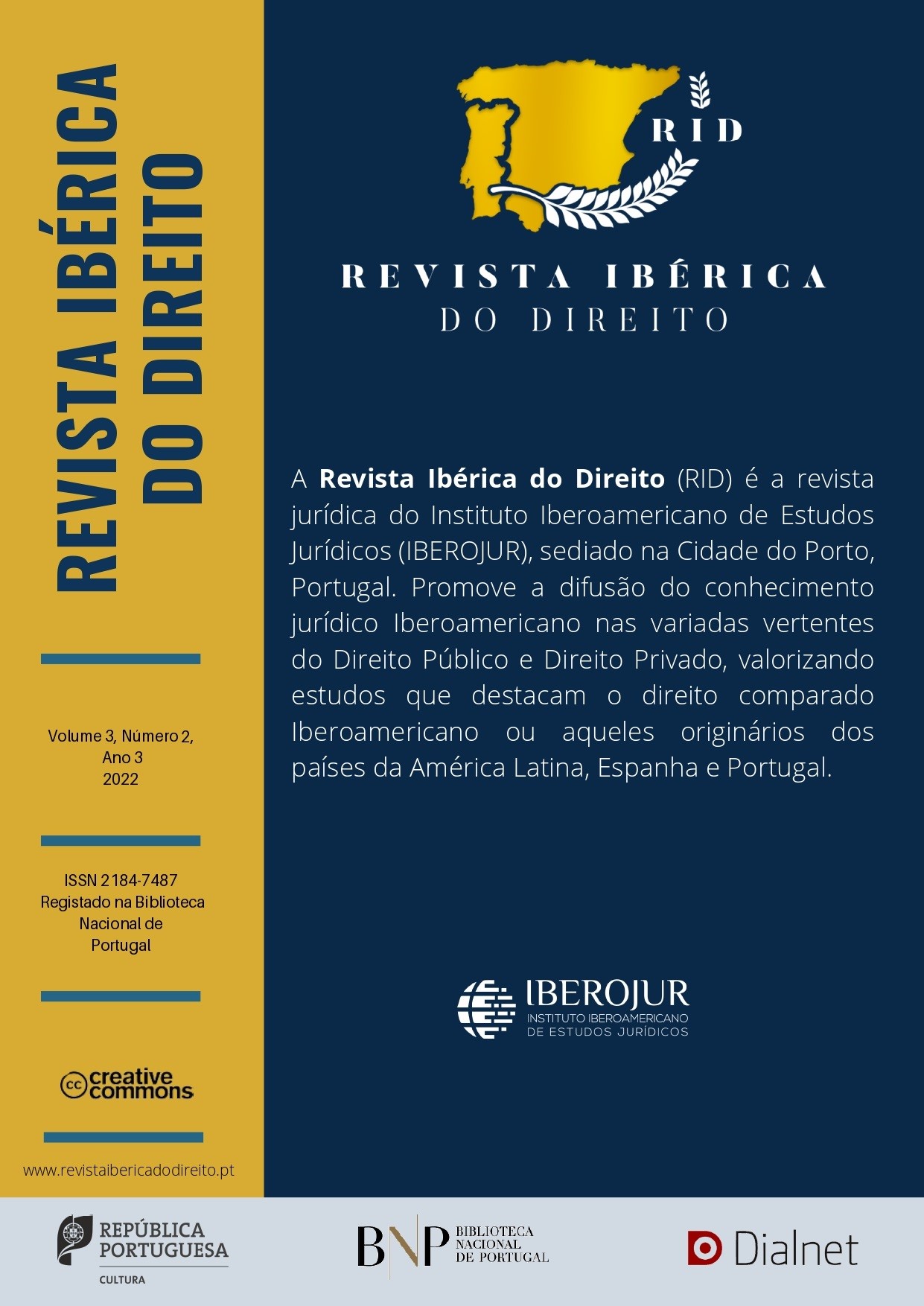ASPECTOS TEÓRICOS E PRÁTICOS ACERCA DOS CONTRATOS BUILT TO SUIT NA ADMINISTRAÇÃO PÚBLICA À LUZ DA LEI 8.666/1993 E SUA REVOGAÇÃO PELA LEI 14.133/2021
Abstract
Abstract: The main objective of this research is to analyze the context of real estate leasing contracts addressed to government agencies, from the perspective of the New Public Procurement and Contracts Act (14.133/2021 Act), especially regarding the obligation to bid for this type of contract, currently covered by the exception to bidding provided in art. 24, X of 8666/93 Act, with a methodological focus on built-to-suit (BTS) contracts. Secondly, the aim is to analyze the application of BTS contracts as a legal instrument for improving governance and reducing formal/Substantive defect that may occur in the formation of these processes. Methodologically, the hypotheses will be subjected to Hegelian dialectics linked to the hypothetical-deductive method. The research concludes that: although there is no express provision in the new Procurement Act, the BTS contract does not violate the principle of strict legality; the hybrid normative dynamics of leasing contracts authorize the public entity to enter into BTS contracts; regardless of the direct contracting hypothesis, whether dispensing (8.666/93 Act) or unenforceability (14.133/2021 Act), the rule remains bidding, even by public call for market prospecting. Regarding the contractual term, the validity will be governed by art. 51/8.245/1991 Act, not subject to the maximum limit of sixty months, stipulated by article 57, II of 8666/93 Act, and the maximum rent payable is 1% of the property price, If the evaluation method was the CUB/m² (Basic Unit Cost per square meter), recommended this indicator of costs in the Construction sector in Brazil.
Key-words: Built-to-Suit. Lease contracts. Government. New Procurement and Contracts Act.
Published
Issue
Section
License
Copyright (c) 2023 Revista Ibérica do Direito

This work is licensed under a Creative Commons Attribution-NonCommercial-NoDerivatives 4.0 International License.
Este trabalho está licenciado sob uma Licença Creative Commons Attribution 3.0


